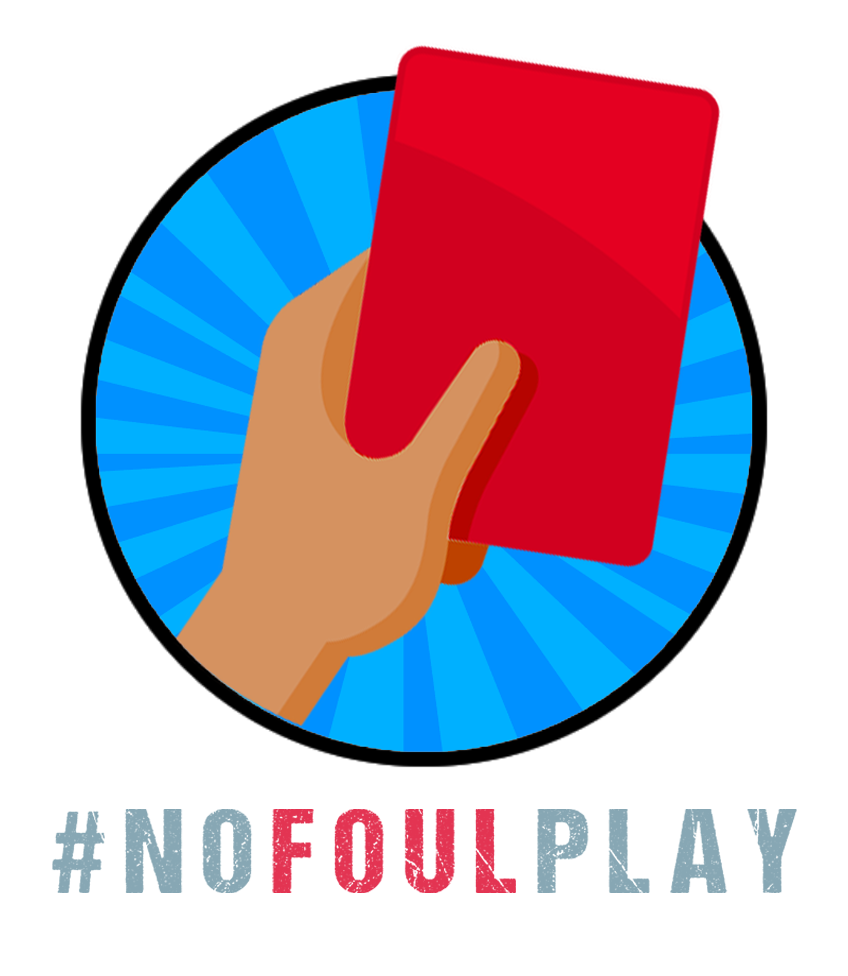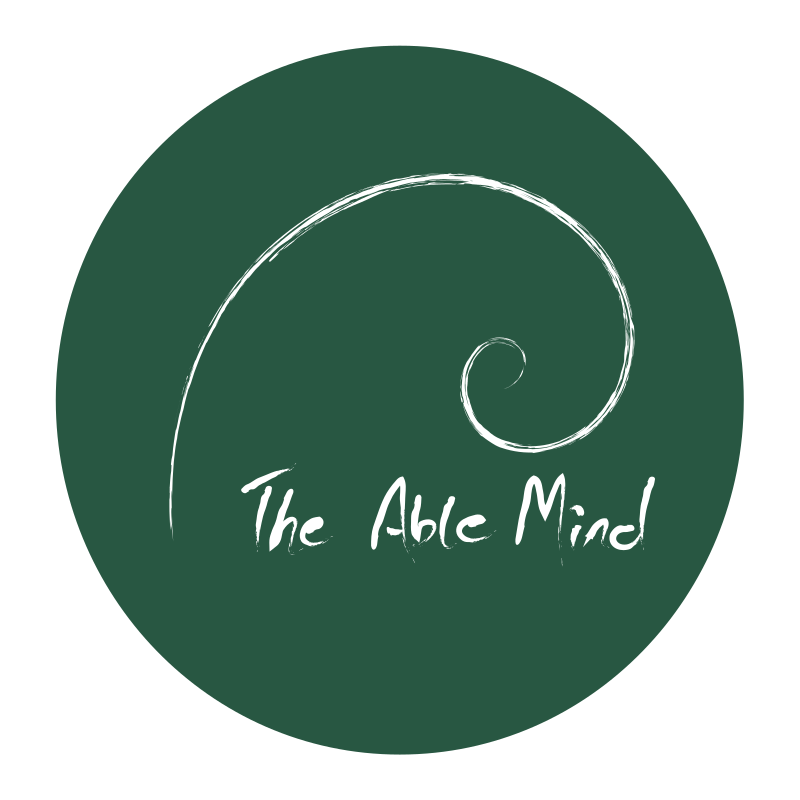This page will guide you in getting the right help for incidents of harassment, abuse, sexism, and discrimination - verbal and physical, both online and offline.
1. Report on social media
If you see content on social media which you believe is discriminatory, report it on the platform where it was posted. Click on the relevant links below to report abuse on each platform.
You can also DM us on #NoFoulPlay's Instagram page so that we can also report such content through the right channels.
2. Report via our website
If you are facing or have faced instanced of sexual abuse or harassment and need guidance and support – or want to help someone who can't speak up – we can help. Anonymity guaranteed. Fill up this form.
3. Chat with a professional
Speak your mind confidently without hesitation in your mother tongue with a qualified, professional psychologist and seek counselling and guidance on how to help yourself or a friend.
Download The Able Mind® app.
4. Get help on your own
This resource guide will help you find timely help without our intervention.
HELP GUIDE
If you are here to report an incident, there are two things we would like to tell you: 1. We are sorry this happened and we want you to know that this is in NO WAY your fault. 2. You have every right to play, train, coach, officiate and be who you are without being harassed or abused - on and off the pitch.
You can use our website to report sexual harassment that you or someone you know is facing. If you do not wish to use our website to report an incident you may have experienced or witnessed, here are some guidelines on handling secual harassment.
Here are some essential steps:
- Prioritize your own safety at all times. Do not confront your harasser, try to take revenge, or attempt remedial steps on your own in ways that compromises your safety
- Choose a person you trust to confide in - it could be your sibling, friend, teacher, parent, family member, coach, etc and tell them about your experience. Talking about sexual harassment can be difficult because there is still so much stigma, shame, and victim-blaming around abuse. Yet it’s often important, and in some cases necessary, to engage friends, family, and other allies for support.
- Seek their help to either talk to a counsellor or to speak to a person of authority who can investigate the incident and take action.
What is sexual abuse?
Sexual abuse is unwanted sexual activity, with perpetrators using force, making threats or taking advantage of victims not able to give consent. Not surprisingly, most victims and perpetrators know each other.
Sexual abuse includes a variety of tactics and malicious behaviors ranging from molestation and inappropriate touching to demanding sexual favours to making sexual remarks online and offline, to online harassment.
Online and offline harassment that is targeted at women and girls can take on many forms. It includes, but is not limited to, verbal and physical abuse, sexism, racism, religious prejudice, homophobia and transphobia.
The purpose of harassment differs with every incidence, but usually includes wanting to embarrass, humiliate, scare, threaten, silence, extort or, in some instances, encourage attacks on a person.
Types of abuse
Examples of physical or verbal harassment
- Rape
- Molestation
- Inappropriate touching – pinching, hugging, kissing, squeezing, rubbing, stroking, or even putting an arm around you in a way that makes you uncomfortable
- Inappropriate conversations that go beyond harmless flirting
- Demanding sexual favours (or forcing you to date them, go out with them) and threatening/ blackmailing you with consequences if you don’t oblige
- Blackmail - scaring you with consequences and demanding that you remain silent in return for not revealing damaging information about you
- Derogatory or sexual or sexually-coloured comments - in a group or in private - that make your uncomfroatble
- Flashing - showing you their private parts
- Stalking - following you or watching you over a period of time and/ or giving you unwanted attention - in a way that scares you or makes you uncomfortable
- Name Calling - Hurling slurs, abuses or threats at you
Examples of online harassment
- Making sexual remarks on your social media profiles - in comments section on through your inbox
- Sending you sexually explicit text messages, photos or videos
- Showing or sharing sexually explicit content with you – on social media, on WhatsApp or other messaging apps, or in person
- Online stalking - repeatedly and obsessively watching your social media profiles in a way that makes you uncomfortable
- Doxing - Sharing your contact information or other private information on the internet without your consent
- Hacking your social media accounts or email account
- Sending you unsolicited messages on DMs on messaging apps or calling you multime times when you have asked them not to
Helplines
Mental health resources, legal resources, community and support groups
Thank you for speaking up.
Our team will take this forward.









.png)












